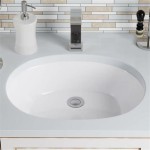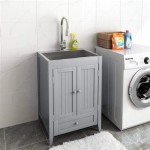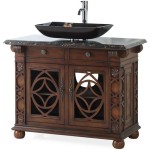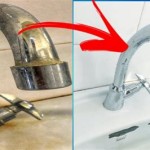How to Match Tiles in Bathroom Floor
Matching tiles in a bathroom floor, whether for repairs or a complete renovation, is a task that requires meticulous attention and a knack for detail. While seemingly simple, the process involves multiple factors, from understanding tile types to executing precise cuts. This article explores the key steps involved in successfully matching bathroom floor tiles, ensuring a seamless and visually pleasing outcome.
1. Identifying and Selecting the Right Tiles
The first step in matching bathroom floor tiles is to accurately identify the existing tiles. This involves examining various aspects, including:
- Tile Type: Determine the type of tile, such as ceramic, porcelain, or natural stone. Each type has specific characteristics that influence the matching process.
- Color: Observe the tile's color and shade variations. Subtle differences in color can be challenging to replicate, particularly for older tiles that may have faded or discolored over time.
- Size and Shape: Measure the dimensions of the existing tiles to ensure precise measurements for replacement tiles. Irregular shapes or sizes may require custom cutting and installation.
- Texture and Finish: Examine the tile's surface texture, such as smooth, textured, or embossed. The finish, such as glossy or matte, also plays a crucial role in finding a suitable match.
Once the existing tiles have been thoroughly analyzed, select replacement tiles that closely resemble them in all aspects. If identical tiles are unavailable, consider sourcing similar tiles with minimal variations in color, size, and texture. It is crucial to inspect multiple tiles from the same batch to ensure uniformity and minimize noticeable differences.
2. Preparing the Surface and Measuring
Before laying new tiles, proper surface preparation is essential for a successful installation. This involves removing the old grout and cleaning the existing tile surface thoroughly.
Once the surface is prepped, it is crucial to measure the area where the new tiles will be installed, ensuring accuracy and minimizing waste. When replacing individual tiles, measure the exact dimensions of the damaged tile and mark the area on the floor for precise cutting. For larger areas, consider using a tiling plan to visualize the layout and ensure proper spacing and alignment.
Accurate measurement is critical for cutting tiles to the required size. Use a tile cutter or wet saw for precise cuts. If the replacement area is small, a handheld tile cutter may suffice, but for larger areas, a wet saw is recommended for smoother and more accurate cuts.
3. Installing and Grouting New Tiles
The installation process involves applying thin-set mortar to the back of the new tile and pressing it onto the prepared surface. Use a level to ensure the tile is flat and aligned with the surrounding tiles. Consider using spacers to maintain consistent grout lines.
After allowing the thin-set mortar to cure, apply grout to the joints between the new and existing tiles. Choose a grout color that complements the existing tiles and blends seamlessly. For older tiles, consider using a grout color that matches the existing grout. Apply grout evenly, using a rubber float to smooth it into the joints and remove excess grout. Allow the grout to dry completely before cleaning the tile surface and removing any remaining residue.
4. Final Touches and Maintenance
After the grout has dried, seal the tiles with a sealant to protect them from stains and moisture. Choose a sealant that is appropriate for the type of tile being used. Apply the sealant evenly using a sponge applicator and allow it to dry completely.
Regular maintenance is crucial for preserving the appearance and longevity of bathroom floor tiles. Clean the tiles regularly with a mild cleaning solution and avoid using harsh chemicals or abrasive cleaners. This will help prevent staining and maintain the shine and luster of the tiles.
By carefully following these steps and using high-quality materials, homeowners can successfully match bathroom floor tiles, ensuring a seamless and visually appealing result that enhances the overall aesthetics of the bathroom.

Matching Tiles Tips And Suggestions For Pairing Porcelanosa

Tiles Talk Mix And Match 6 Ways To Achieve Bathroom Bliss Perini

Tiles Talk Mix And Match 6 Ways To Achieve Bathroom Bliss Perini

20 Ideas To Mix And Match Tiles In Your Bathroom Comfydwelling Com Ti Interior Design White Subway Tile

Matching Floor And Wall Tiles In Your Bathroom Roccia

Tiles Talk Mix And Match 6 Ways To Achieve Bathroom Bliss Perini

9 Tips For Mixing And Matching Tile Styles

Mix Match Your Floor Wall Tiles Stone Tile Company

Matching Floor And Wall Tiles In Your Bathroom Roccia

Matching Wall And Floor Tiles
Related Posts







